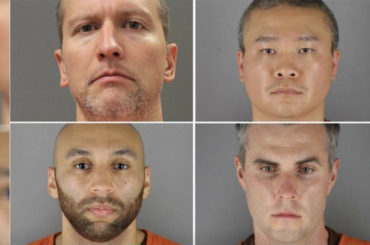Part of the rage unleashed locally by Floyd’s killing centered on the brutal reputation of officers from the Third Precinct, whose population is largely black and Native American. Derek Chauvin, the Minneapolis police officer who killed Floyd, had been the subject of seventeen excessive-force complaints, including one case in which the suspect died, and had been disciplined only once. Between 2007 and 2017, the city paid $2.1 million to settle misconduct lawsuits involving Third Precinct officers. In one instance, an officer kicked a handcuffed suspect in the face, leaving his jaw in pieces. In another, two officers from the Third Precinct picked up two homeless Native American men, forced them into the trunk of their squad car, and drove around the city at high speeds. According to Paul Applebaum, an attorney who specializes in civil police-misconduct cases in Minneapolis, the precinct was “kind of like a playground for rogue cops.”
It’s particularly hard to hold police accountable when their violence is directed at the unhoused, Applebaum told me. He receives calls “constantly” from the relatives of homeless people who have suffered abuse, but because of the victims’ transient circumstances, it’s difficult for them to participate in lawsuits. “They don’t know where they’ll be living in eighteen months,” he said. “Why would they care about making sure a cop is held accountable for beating them up?”
The Sanctuary
Wes Enzinna, Harper’s Magazine
The Sanctuary – Life in a cop-free zone


